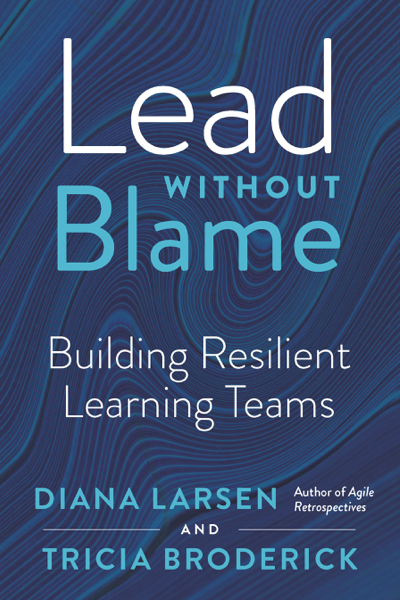One of my primary speaking sessions lately is centered around helping people start learning through experiencing and not being told. I’ve enjoyed this session and the results so much that I’m going to do a series of posts that highlight an exercise and how you might leverage it. Plus, this will force me to retire this session (always challenging myself too!).
This exercise is based on an Agile Alliance conference session (sorry, can’t remember the speaker at this point).
Facilitator Exercise Instructions (note: obviously feel free to put this into your own words):
- Provide attendees initial instruction.
- Small groups of 4-10 standing in two rows facing another person (Note: always give people the right to pass – may be sick and don’t want to touch, etc)
- One side holds up their right hand, opposite side hold up their left hand – hold hands.
- Then with the other hand, connect with someone else. This is the tricky part, everyone in the group needs to be connected. Meaning if I moved the person on the end 10 steps over, everyone would have to follow 10 steps over too. You don’t want a disjointed group.
- Add a leader to the small group of 4-10 (that walks around the group)
- First Goal: Leader to determine all of the steps to get the team untangled without disconnecting hands into a complete circle
- Constraints: No disconnecting hands. No offering the leader assistance.
- Typically, I only let this go one for a minute or so. People will get super frustrated standing without being able to help. Also, can be very overwhelming for the selected leader.
- Have the small group get back to the original connections.
- Tell the leader to “empower” the team to self-organize into a circle.
- The leader can help guide/support but should not be instructing/directing at this point.
- Allow the team to complete the circle.
- Provide attendees next instruction. “What did you experience in Round 1?”
- Provide attendees next instruction. “What did you experience in Round 2?”
Key points that can be leveraged from this exercise:
- The most common key point I make here is how easily we can create a hub situation and disempower/frustrate our teams.
- That leadership is not simply about directing but also teaching/mentoring/coaching/facilitating.
- That self-organizing increases shared ownership as well as frequently improving time to results.
The amazing part of doing this exercise with a discussion afterwards rarely leads me to making the key point. They do! In fact, frequently, I’ve had one key point to make and yet so many other wonderful learnings came from the discussion…impacts to the team, experiments they could do, etc.
What key point would you leverage from this simple exercise?




